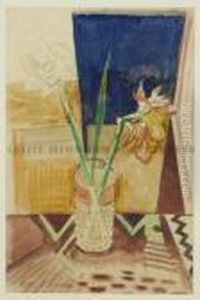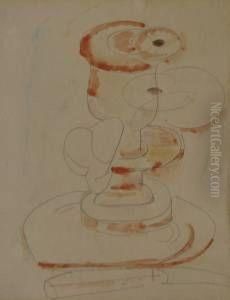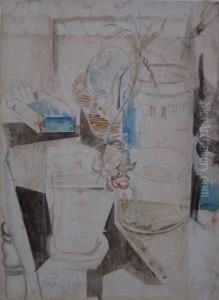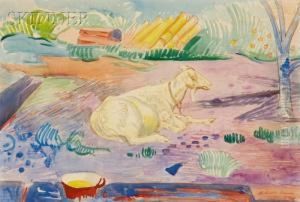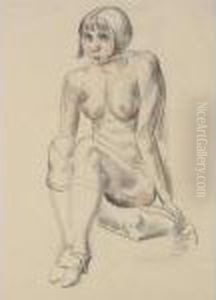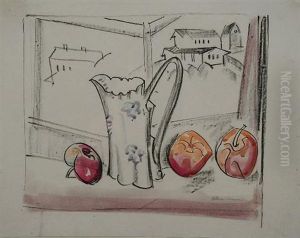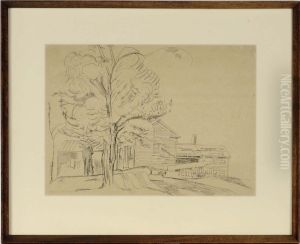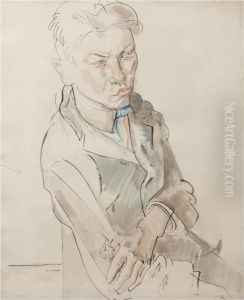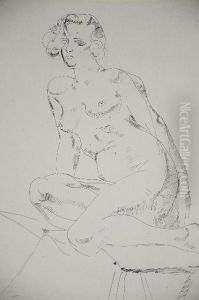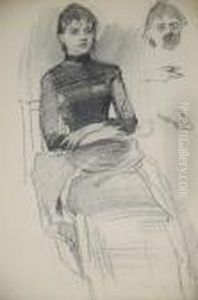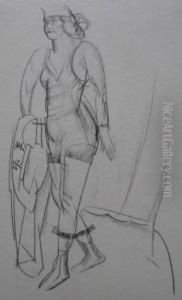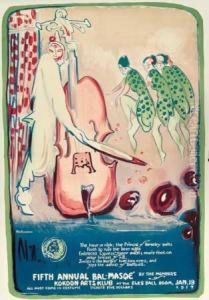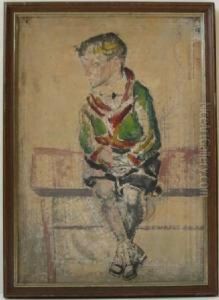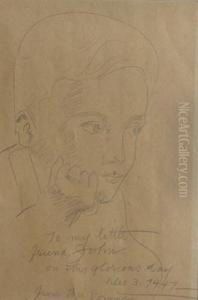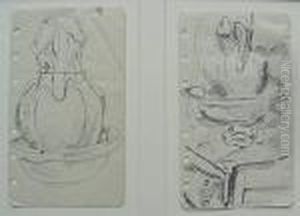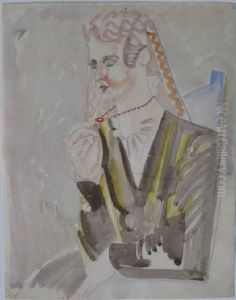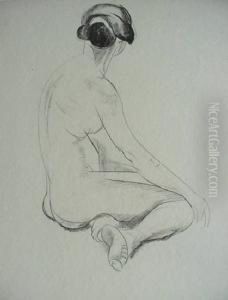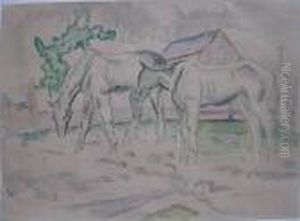William Sommer Paintings
William Sommer was an American painter known for his contributions to American modernism and his work within the Cleveland School of artists. Born on November 2, 1867, in Detroit, Michigan, Sommer initially worked in commercial lithography after his family moved to Cleveland, Ohio, when he was a child. His early career in commercial art provided him with a solid understanding of printmaking and design.
In the early 1900s, Sommer began to focus more on his personal art, drawing inspiration from various modern art movements in Europe, including Post-Impressionism and Fauvism. He was particularly influenced by the works of Paul Cézanne and Henri Matisse. Sommer's own style began to emerge as he experimented with bold colors, expressive lines, and a tendency towards abstraction.
Sommer was a central figure in the Cleveland School, a group of artists who were active in the early to mid-20th century and were recognized for their significant contributions to American art. He often painted landscapes, still lifes, and portraits, infusing them with a sense of vitality and experimentation. His work was characterized by a playful approach to subject matter and form, reflecting his belief that art should be a joyful and life-affirming endeavor.
Throughout his career, William Sommer held various teaching positions and participated in numerous exhibitions, sharing his vision and techniques with a wide audience. His work is part of several museum collections, including the Cleveland Museum of Art and the Whitney Museum of American Art in New York. Sommer continued to paint and influence the Cleveland art scene until his death on August 15, 1949, in Brandywine, Ohio. His legacy is remembered as one of innovation, community engagement, and a passion for the artistic process.
